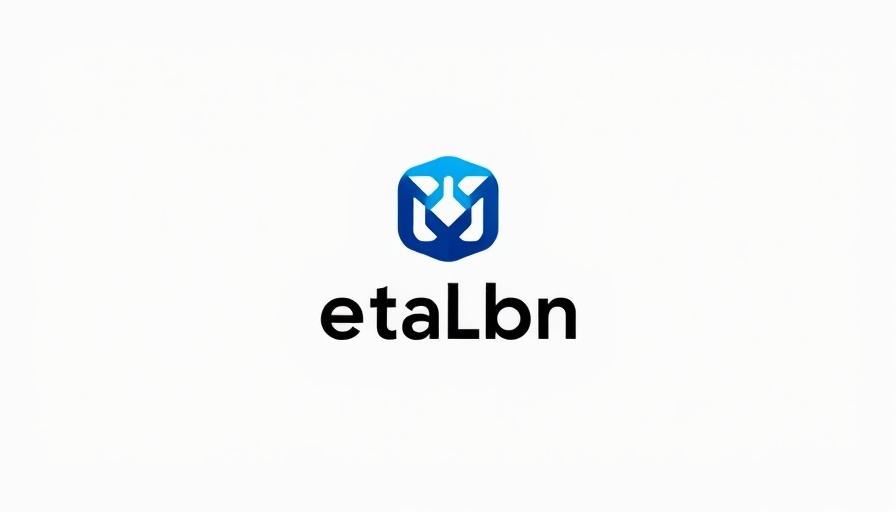
Recognizing the Thin Line Between Humility and Low Self-Esteem
Humility is a trait that many admire, especially in the business world, where collaboration and trust are essential. It's often seen as a sign of approachability and integrity. But how do we differentiate between genuine humility and behaviors that may indicate low self-esteem? This exploration is crucial for business owners and leaders aiming for growth and effective client engagement.
1) The Dangers of Downplaying Achievements
One major behavior indicative of low self-esteem is downplaying achievements. Many individuals dismiss their accomplishments as luck or timing rather than acknowledging their effort and talent. This tendency can be detrimental, especially for business owners who need to project confidence when pitching ideas, winning clients, or negotiating deals. It's essential to recognize that showcasing your achievements does not equate to arrogance; rather, it is a means of affirming your professional value.
2) The Trap of Excessive Apologies
Another common behavior is excessive apologizing. While an apology is warranted in instances of genuine mistake, frequent apologies for non-errors reflect a deeper insecurity. This behavior can undermine your authority as a leader, making you seem indecisive or unsure of your stance. Business owners should strive to maintain a confident demeanor that respects their space, acknowledging when they deserve to speak up.
3) Seeking Continuous Validation
As observed in many professionals, an excessive need for validation can often stem from low self-esteem. Constantly seeking external approval for decisions can stifle growth and creativity. It is vital for entrepreneurs, especially, to cultivate an internal sense of worth that is resilient to outside opinions. Instead of relying on external validation, focus on setting and achieving personal goals that affirm your abilities.
4) Avoiding Conflict: A Recipe for Business Stagnation
Fear of disagreement can prevent essential discussions from happening, leading to missed opportunities for innovation and improvement. Acknowledging your perspective and inviting constructive criticism can foster an environment of growth. Instead of sidestepping conflict, welcome it as a pathway to collaboration and enhancement.
5) Turning Negative Self-Talk into Positive Action
Pessimism is often a reflection of low self-worth, manifesting as negative self-talk. This mental narrative can deter business leaders from taking risks that could propel them forward. To counteract this, it's essential to consciously adopt empowering language that uplifts self-perception and drives action. Replace thoughts like “I can’t” with “I can learn.”
6) The Fear of Failure: An Unseen Barrier
Failure is often viewed negatively, but it is an inherent part of growth and success. Individuals with low self-esteem may avoid stepping outside their comfort zone, fearing that any mistake would confirm their perceived inadequacies. Embracing failure as a learning opportunity instead allows entrepreneurs to explore, innovate, and ultimately thrive.
7) The Challenge of Accepting Compliments
Finally, individuals with low self-esteem often struggle with accepting compliments, questioning the motives behind them. Acknowledging and celebrating one’s own positive traits is crucial for self-growth. For business professionals, being able to graciously accept recognition can help reinforce their value and contributions in a competitive landscape.
Conclusion: Cultivating Authentic Confidence
Understanding that humility can sometimes be a mask for low self-esteem is vital for personal and professional growth. By recognizing these behaviors, business owners can shift toward a more genuine sense of self-worth that enhances their relationships and careers. Remember, confidence is not about being the loudest or the most self-assured person in the room; it's about knowing your value and not being afraid to express it.
Call to Action: As you embark on your journey to build a more confident self-image, consider seeking resources like coaching or mentorship that can provide insights and techniques tailored to your growth. You deserve all the recognition for your hard work—own it!
 Add Row
Add Row  Add
Add 




Write A Comment